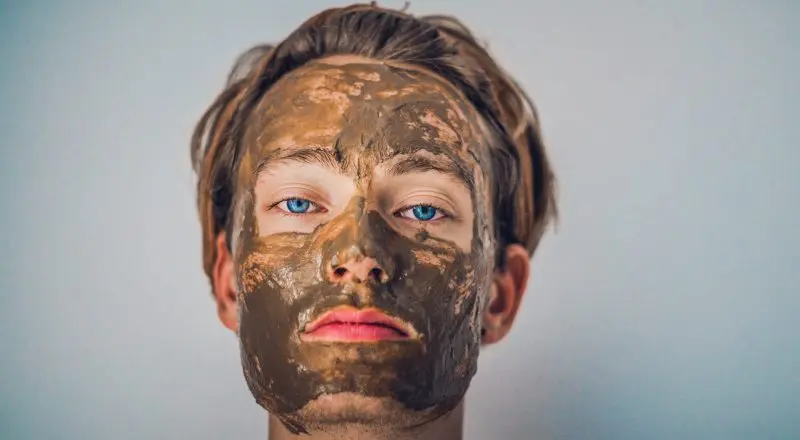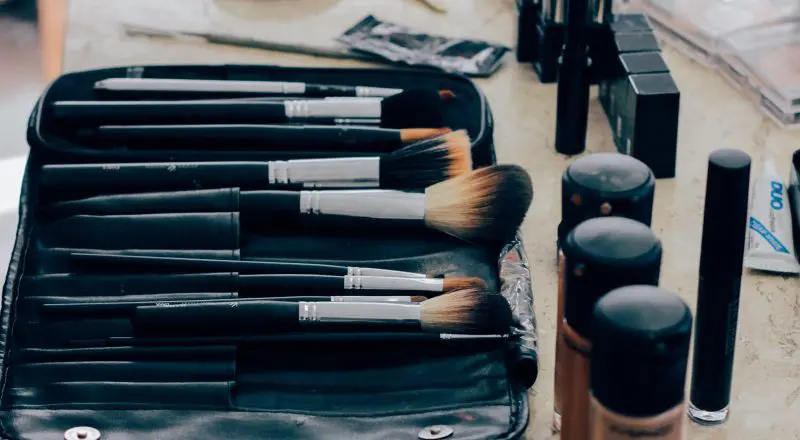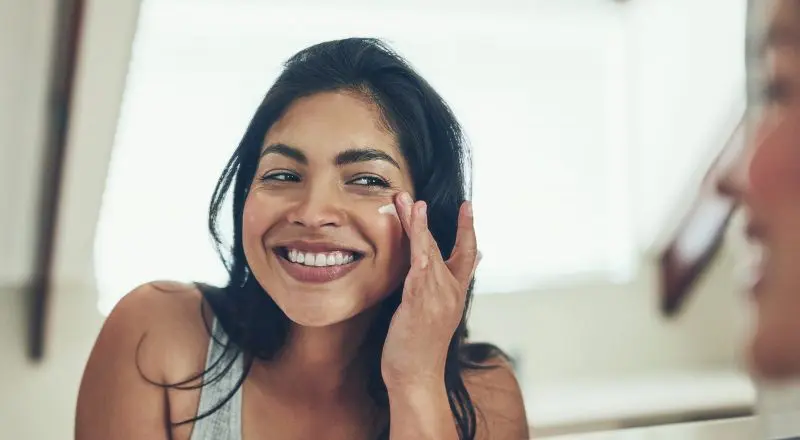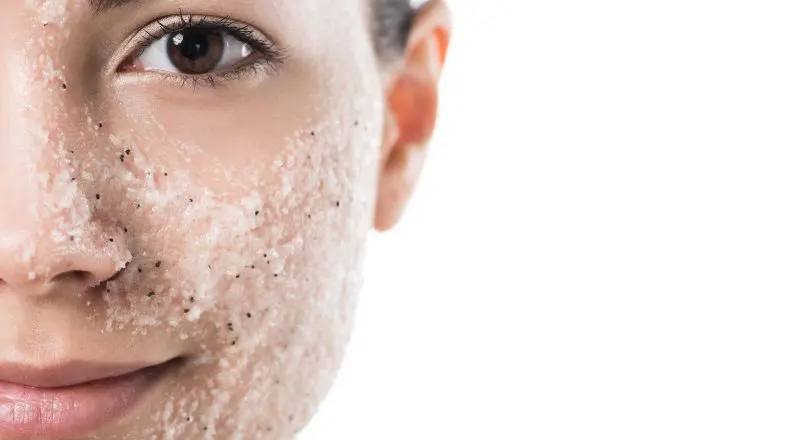As demand for non-invasive anti-aging treatments grows, aesthetic clinics and patients alike are looking for solutions that offer visible results without the need for surgery or extensive downtime.
Two emerging technologies in the skin rejuvenation space—Radiofrequency (RF) Microneedling and Ultrasound-Assisted Microneedling—are often compared as effective anti-aging tools.
Both leverage advanced technology to stimulate collagen production and improve skin tone, texture, and firmness, but they operate in fundamentally different ways.
So, when it comes to battling fine lines, wrinkles, sagging skin, and overall aging, which treatment comes out on top?
In this face-off, we’ll explore how each treatment works, what results you can expect, who each modality is best suited for, and ultimately, which provides the most effective and lasting solution for aging skin.
Understanding the Technology
What is RF Microneedling?
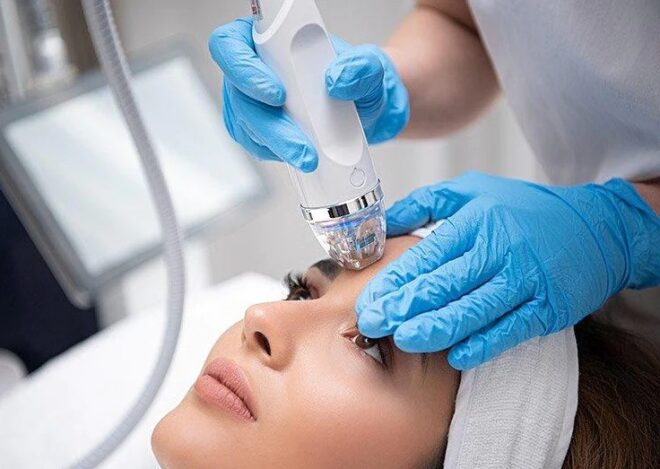
RF Microneedling combines two powerful modalities: mechanical microneedling and radiofrequency energy. A specialized device with tiny insulated or non-insulated needles creates micro-injuries in the skin.
As these needles penetrate the skin, they also emit radiofrequency energy into the dermis, triggering controlled thermal damage. This dual-action approach induces collagen remodeling, elastin production, and tissue tightening.
Popular devices: Morpheus8, Potenza, Secret RF, VirtueRF
Key Targets:
- Deep wrinkles
- Skin laxity
- Acne scars
- Enlarged pores
- Uneven texture
What is Ultrasound-Assisted Microneedling?
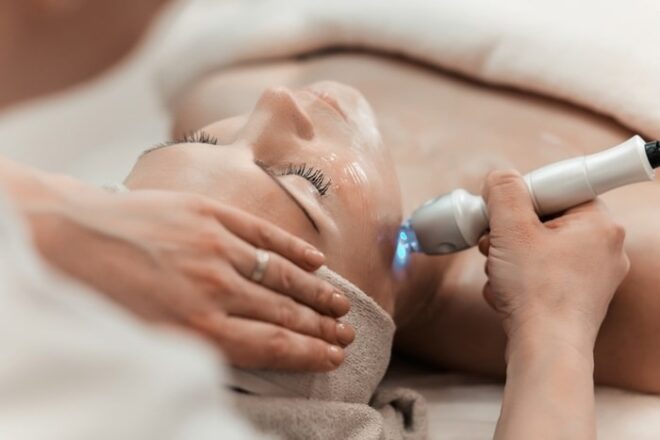
Ultrasound-assisted microneedling is a gentler approach that uses sound wave technology in conjunction with traditional microneedling to enhance serum delivery, stimulate cellular metabolism, and support collagen synthesis.
Unlike RF, ultrasound energy doesn’t create thermal damage. Instead, it enhances penetration of active ingredients and improves lymphatic circulation.
Popular systems: Dermasound, Ultraderm, AquaGold with ultrasound
Key Targets:
- Dull, tired skin
- Fine lines
- Dehydration
- Poor absorption of topical treatments
Mechanism of Action: Heat vs. Sound
RF Microneedling: Thermal Stimulation for Structural Change
Radiofrequency energy generates heat in the dermal layers of the skin (typically between 60–70°C), triggering a wound-healing response. This not only promotes new collagen production but also contracts existing collagen fibers, resulting in noticeable tightening. The depth of penetration can be adjusted based on needle length and energy settings, allowing customization per treatment zone.
Ultrasound-Assisted Microneedling: Enhanced Absorption and Revitalization
Ultrasound waves are used to push topical solutions deeper into the skin and stimulate microcirculation. It works without heating or damaging the skin. Rather than causing injury, ultrasound enhances nutrient uptake and cellular activity—making it an ideal complement for regenerative serums, peptides, or stem cell therapy.
Treatment Experience and Comfort
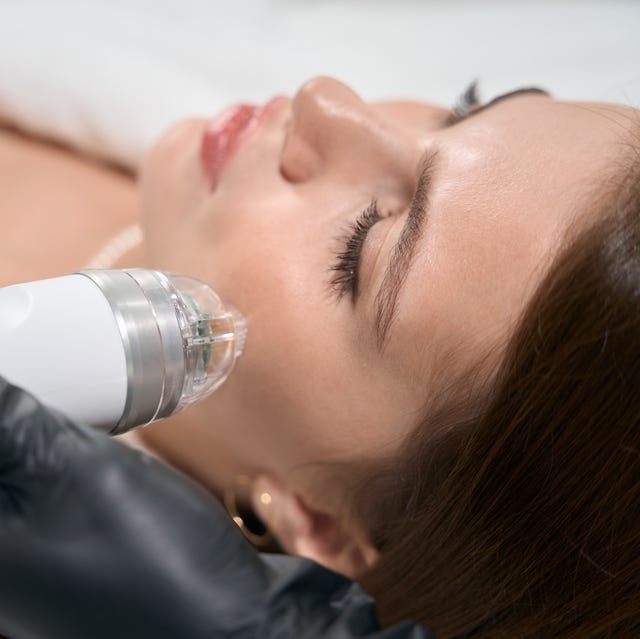
RF Microneedling:
- Sensation: Moderate discomfort due to both needling and heat. Numbing cream is typically applied.
- Downtime: 3–5 days with potential redness, swelling, or slight crusting.
- Sessions Needed: 2–4 spaced about 4–6 weeks apart.
- Post-Care: Avoid heat, sun exposure, and harsh skincare for several days.
Ultrasound-Assisted Microneedling:
- Sensation: Minimal discomfort. Most patients describe it as a warm facial massage.
- Downtime: 1–2 days at most; slight pinkness is possible.
- Sessions Needed: 3–6 for cumulative results.
- Post-Care: Light moisturizers and sun protection.
Effectiveness: How Do Results Compare?
RF Microneedling
When it comes to tightening sagging skin, smoothing deep wrinkles, and remodeling acne scars, RF Microneedling is considered one of the most effective non-surgical solutions.
Studies show increased dermal thickness, firmer texture, and improved elasticity after just a few treatments.
RF is also highly customizable, allowing different depths and intensities for treating delicate areas like under the eyes or more robust zones like the jawline.
Notable benefits include:
- Lifting effect without surgery
- Significant collagen stimulation
- Improvement in skin tone and pore size
- Long-lasting results (up to 12–18 months)
Ultrasound-Assisted Microneedling
Ultrasound-assisted microneedling excels in hydration, glow, and enhancing the efficacy of topical treatments.
It’s particularly beneficial for younger patients looking to delay the signs of aging, or those with sensitive skin who cannot tolerate RF treatments.
The results tend to be more subtle and build over time, especially when paired with regenerative ingredients like growth factors or exosomes.
Notable benefits include:
- Gentle revitalization
- Improved serum absorption
- Plumper, more radiant skin
- No risk of thermal injury
Safety and Suitability for Different Skin Types
RF Microneedling:
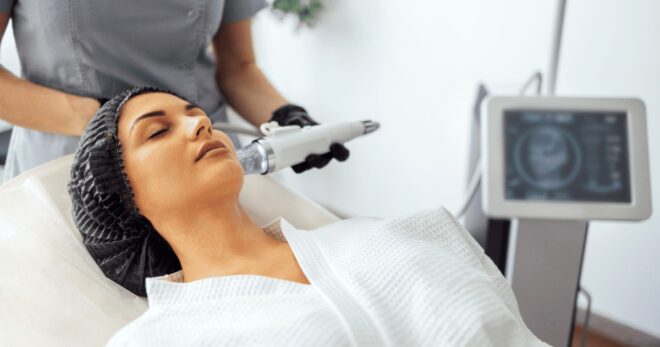
Generally safe for Fitzpatrick skin types I–V, but should be used cautiously with higher settings on darker skin tones due to potential risk of post-inflammatory hyperpigmentation. The treatment should always be performed by trained providers who understand skin depth, RF dosage, and patient-specific variables.
Not recommended for:
- Active acne or infection
- Pregnant or breastfeeding patients
- Individuals with metal implants in treatment area
Ultrasound-Assisted Microneedling:
Safe for all skin types, including highly sensitive or rosacea-prone skin. Because it doesn’t generate heat, the risk of pigmentation issues or tissue damage is virtually non-existent. This makes it a go-to option for clients who are not ready for more aggressive treatments.
Ideal for:
- Sensitive or reactive skin
- Maintenance in between more intense treatments
- Clients seeking minimal downtime
Cost and ROI Considerations
| Factor | RF Microneedling | Ultrasound-Assisted Microneedling |
| Device Cost | $50,000–$120,000 | $15,000–$40,000 |
| Avg. Treatment Cost to Client | $600–$1,200 per session | $300–$600 per session |
| Sessions Required | 2–4 | 3–6 |
| Profitability | High (premium pricing) | Moderate (great for bundling) |
| Marketability | High-demand, name-brand appeal | Niche but growing awareness |
RF microneedling offers a higher price point per treatment and is considered a cornerstone service in many med spas, especially those targeting mature clients. Ultrasound-assisted microneedling, while less aggressive, provides a steady revenue stream and excels as a maintenance or add-on service.
Which One Should You Choose?
Choose RF Microneedling if you want to:
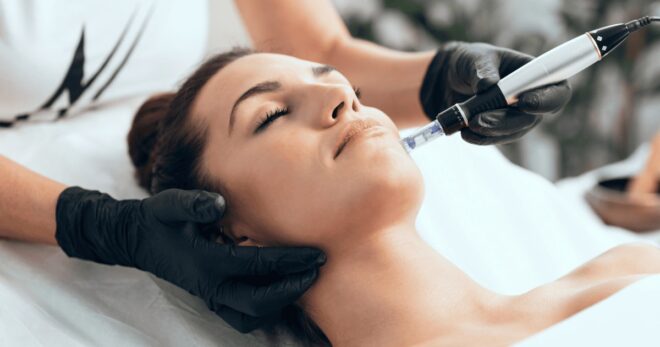
- Dramatically reduce signs of aging
- Tighten skin and reduce sagging without surgery
- Treat deep wrinkles, acne scars, or uneven skin texture
- Achieve longer-lasting results
- Attract clients looking for cutting-edge treatments
Choose Ultrasound-Assisted Microneedling if you want to:
- Gently rejuvenate and hydrate the skin
- Improve absorption of growth factors and serums
- Treat younger clients with early signs of aging
- Offer a minimal-downtime option for sensitive skin types
- Build customer loyalty through ongoing maintenance care
The Power of Combination
Some clinics are beginning to combine both modalities—starting with a deep, collagen-stimulating RF treatment and following up with ultrasound-assisted microneedling to nourish, hydrate, and protect the skin barrier. This strategic combination can deliver both structural transformation and surface-level radiance, appealing to a wide range of clients.
Conclusion
In the anti-aging face-off between RF Microneedling and Ultrasound-Assisted Microneedling, the winner depends on your skin goals, sensitivity, and downtime tolerance. RF Microneedling is the heavyweight champion for lifting, firming, and long-term structural rejuvenation, while Ultrasound-Assisted Microneedling shines as the gentle, glow-enhancing option that nourishes the skin and supports ongoing skincare regimens.
For clinics and clients alike, understanding the strengths of each modality can help personalize treatment plans and maximize results. Whether used individually or in tandem, both techniques offer powerful tools in the pursuit of healthier, younger-looking skin.
Trending Now

I’m Verica Gavrillovic, your Content Editor extraordinaire at Beautified Designs! With over 3 years in marketing, I’m living my passion every day. Armed with a diploma in gastronomy, I’m not just your average editor—I’m a connoisseur of makeup, a shutterbug, a choir enthusiast, and a coffee aficionado. Whether I’m lost in editing or savoring a brew, my interests keep me buzzing. And when I’m not exploring the world of content, you’ll find me jet-setting, chatting up a storm, hitting the shops, or grooving to some tunes!

